By Mariana Castillo Deball
A stranger is an individual that has experienced a process of exclusion and is alien to a particular circumstance. On the contrary, the notion of estrangement recalls a gaze that is so concentrated on observing the world that it becomes diluted, until the cohesion of the individual disappears. Estrangement is therefore the result of a meticulous gaze cast onto things, discovering aspects never before seen. In this sense, estrangement does not imply a distanced attitude, but rather a continual and active observation of the surroundings. In relation to artistic practice, estrangement is closely linked to chance. There is a point at which the observer, in the attempt to erase all preconceived notions, to take estrangement to its ultimate consequences, finds her or himself before a world that lacks categories, a collection of materials linked only by chance. Estrangement thus becomes a tool that is part of the creative process, implying an oscillation between understanding and not understanding. Making us conscious of the way we create narratives, discourses and histories, it alerts us to the fragmentary nature of knowledge. I have always been interested in artists and thinkers who see themselves and the world with estrangement.

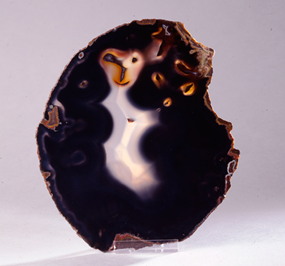
© M.N.H.N. – Minéralogie, Paris

© M.N.H.N. – Minéralogie, Paris
Roger Caillois was very interested in a sort of immanent intelligence, an order of things that includes but is not restricted to human knowledge. Throughout the concept of diagonal sciences, Caillois proposes a way of thinking about the world that is not limited to disciplines or literary genres, but that is a way to reflect on the world by making unusual connections, and thus developing a generous and inclusive tissue of thoughts. When reading his texts, one has the impression that in principle, any incident could be made the object of interpretations. Caillois’ writings, coming from the mind of a collector, not only of stones but also of all the things that surprised him, have as a natural consequence a modular structure. The motives and the preoccupations return in loops as essays, fiction, and philosophical speculations. From his vast collection of amusements, he builds up a vocabulary, which becomes text through different combinations. *1913 in Reims, †1978 in Paris
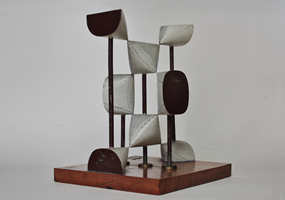
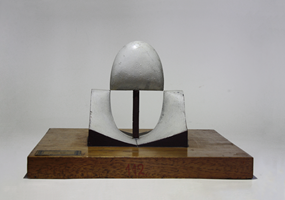
Photos: Sven Wiese
The University of Göttingen has not only an important, but also the most extensive collection of historical mathematical models in Germany. German mathematician Felix Klein started the collection. Using a wide variety of materials and techniques such as plaster, wire, wood, metal, and paper, the collection tries to represent the impossible: mathematical equations and topological surfaces. It is an attempt to bridge the gap between abstract ideas and mundane materials. Most of the models are from 1870 to 1920
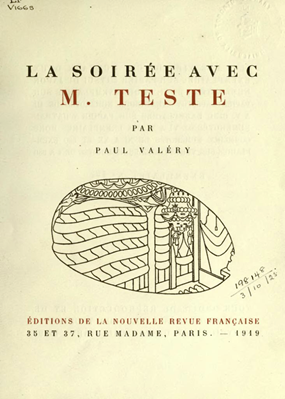
Paul Valéry’s Monsieur Teste is one literary figure that navigates chance with mathematical precision. His task is to follow the trajectory of his thoughts, the blueprints generated in the interactions between his minute attentiveness and the world. For Teste, the universe is contingent by nature, and not even his deepest desires or most basic certainties are permanent: his world is a world of ephemeral patterns. Monsieur Teste describes how chance gains space in the interior of ordered structures and how order and chaos coexist, creating what we might call their zones of influence. He also describes how our lives (their narratives, their archives) swing like pendulums between these two extremes. »La soirée avec Monsieur Teste« was first published in 1896
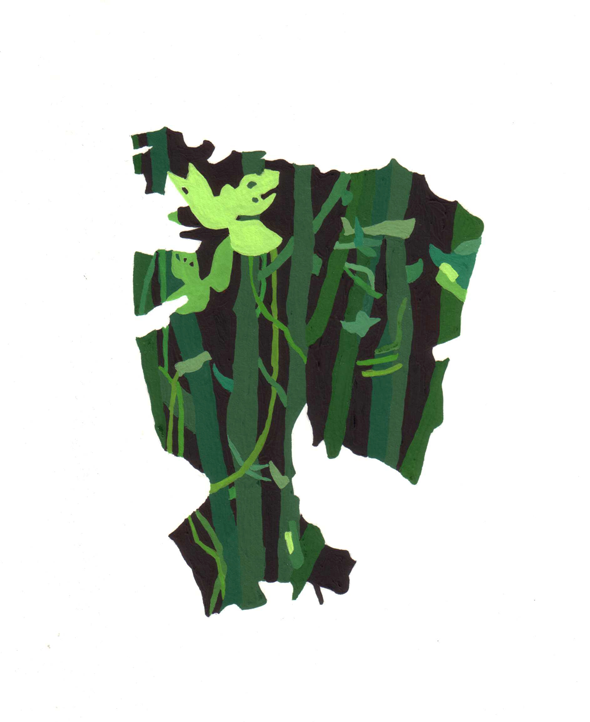
Gouache on paper, 18 x 24 cm
Irene Kopelman is probably the most generous observer I ever met. In her practice she takes her object of study with obsessive attention, until the drawing or the sculpture become more real than the original. Some people say that an artist should be able to express her or his inner self, but I believe that the real talent is to be able to retreat from oneself and let the hand, the stone, the glacier and the pencil tell their own story. *1976 in Córdoba, Argentina, lives in Amsterdam
Mexican-born, Berlin-based artist MARIANA CASTILLO DEBALL’s work is both rich in its variety of mediums and deeply entwined with research practices. She investigates forms of classification, digging through the archaeological, the mathematical, the mythical and the cultural alike, and reimagines their systems through narrative wit and tactile precision. Recent exhibitions include: What we caught we threw away, what we didn’t catch we kept at Chisenhale Gallery in London und CCA Glasgow (solo) (2013), When Attitudes Became Form Become Attitudes at CCA Wattis in San Francisco, as well as participation at documenta13 in Kassel (2012) and Venice biennial’s ILLUMInazioni – ILLUMInations (2011). In 2013 she was awarded the Preis der Nationalgalerie für junge Kunst, Berlin.
